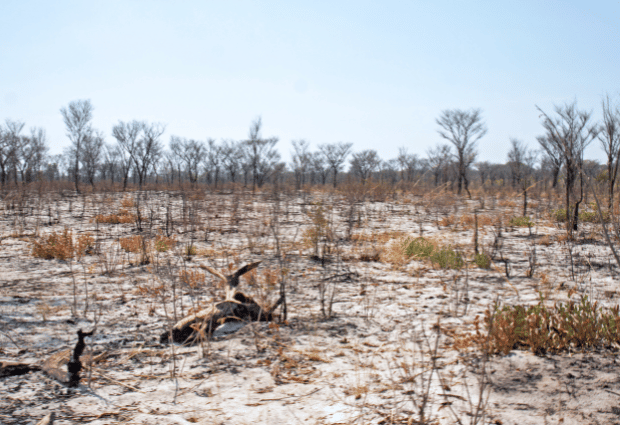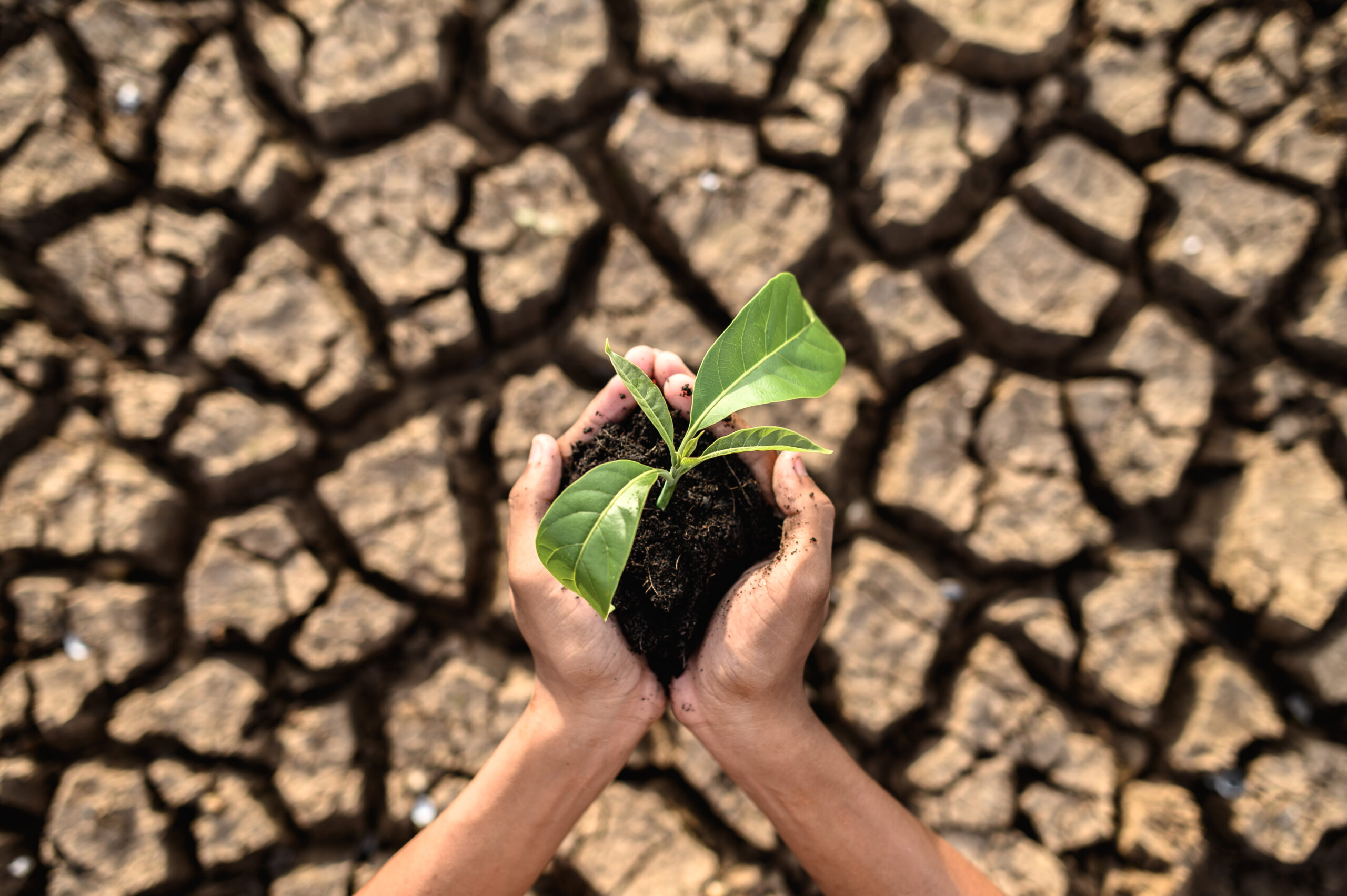Soil Pollution is a serious environmental issue that arises from human activities such as industrialization, mining, agriculture, and urbanization. It occurs when harmful chemicals, pollutants, and contaminants are introduced into the soil, either directly or indirectly. This type of pollution can have severe environmental impacts and can affect the health and well-being of humans and other living organisms. In this blog, we will explore what soil pollution is, its environmental impacts, and methods for mitigating it.
What is Soil Pollution?
Soil pollution is the contamination of soil with harmful substances that can negatively affect the quality of soil, water, and air. These contaminants can be organic or inorganic and can include heavy metals, pesticides, herbicides, fertilizers, industrial waste, and sewage. Soil pollution can also be caused by natural processes such as erosion, leaching, and wildfires.
Environmental Impacts of Soil Pollution
Soil pollution can have significant environmental impacts, including:
1. Loss of biodiversity

Soil pollution can lead to the loss of soil fertility, which can affect plant and animal life in the affected area. This can result in a decline in biodiversity, as plants and animals may not be able to survive in the polluted soil.
2. Water pollution
It can contaminate groundwater, rivers, and lakes, leading to water pollution. This can have severe environmental and health impacts on aquatic life, wildlife, and humans.
3. Air pollution
This can release harmful gases, such as methane and carbon dioxide, into the atmosphere. This can contribute to climate change and air pollution, which can have negative impacts on human health.
4. Health impacts:
It can affect human health through contaminated food and water. Ingesting contaminated food or water can cause health problems such as cancer, respiratory diseases, and neurological disorders.
Mitigation Measures of Soil Pollution
Several methods can be used to mitigate soil pollution. These include:
1. Soil remediation
Soil remediation is the process of removing pollutants from contaminated soil. This can involve physical, chemical, or biological methods, such as excavation, phytoremediation, and microbial remediation.
2. Waste management
Proper waste management practices, such as recycling, can reduce the amount of waste that ends up in landfills and prevents soil pollution.
3. Sustainable agriculture:
Sustainable agricultural practices, such as organic farming, can reduce the use of pesticides and fertilizers, which can prevent pollution.
4. Green technologies:
Green technologies, such as solar and wind power, can reduce the use of fossil fuels, can prevent pollution.
5. Environmental regulations:
Governments can enforce regulations and policies to prevent soil pollution. These can include pollution control measures, waste management regulations, and environmental impact assessments.
Conclusion
This is a significant environmental issue that has severe impacts on the environment and human health. It is essential to take measures to mitigate soil pollution through soil remediation, waste management, sustainable agriculture, green technologies, and environmental regulations. By adopting sustainable practices and regulations, we can prevent soil pollution and ensure a healthy environment for future generations.






